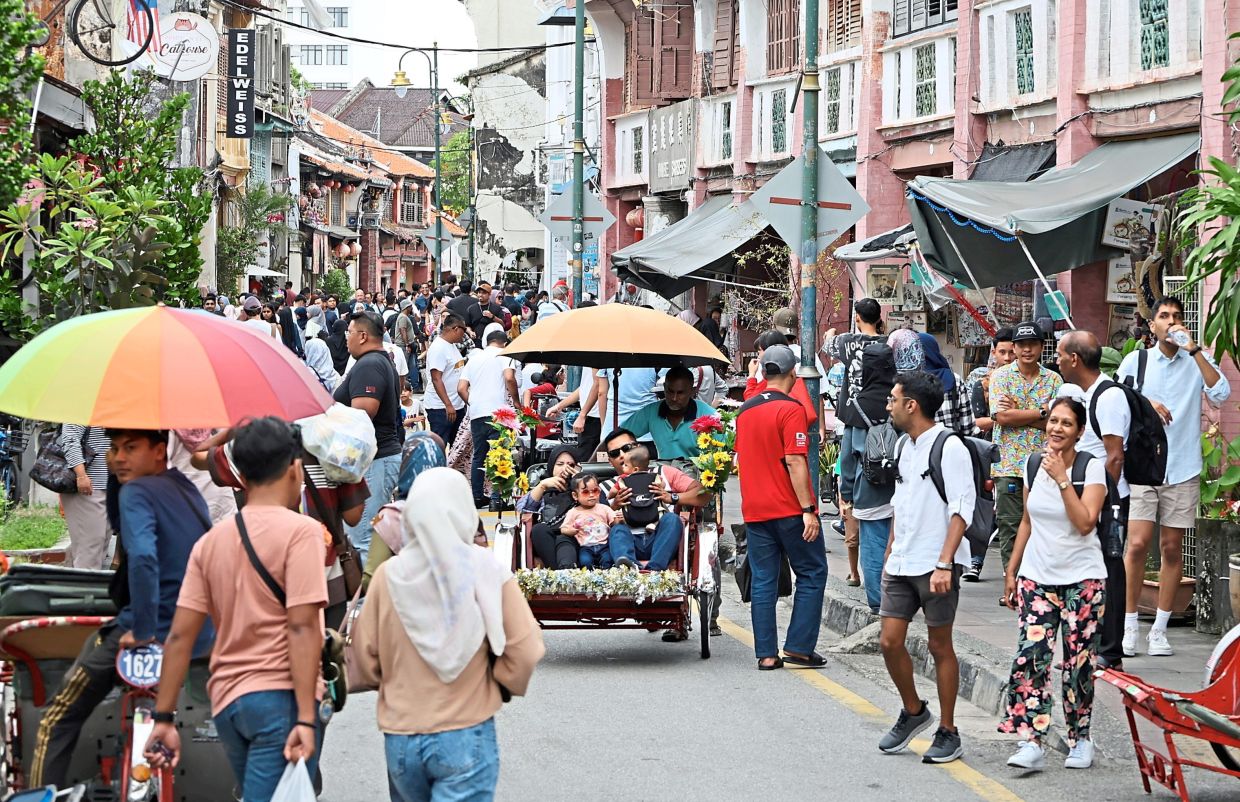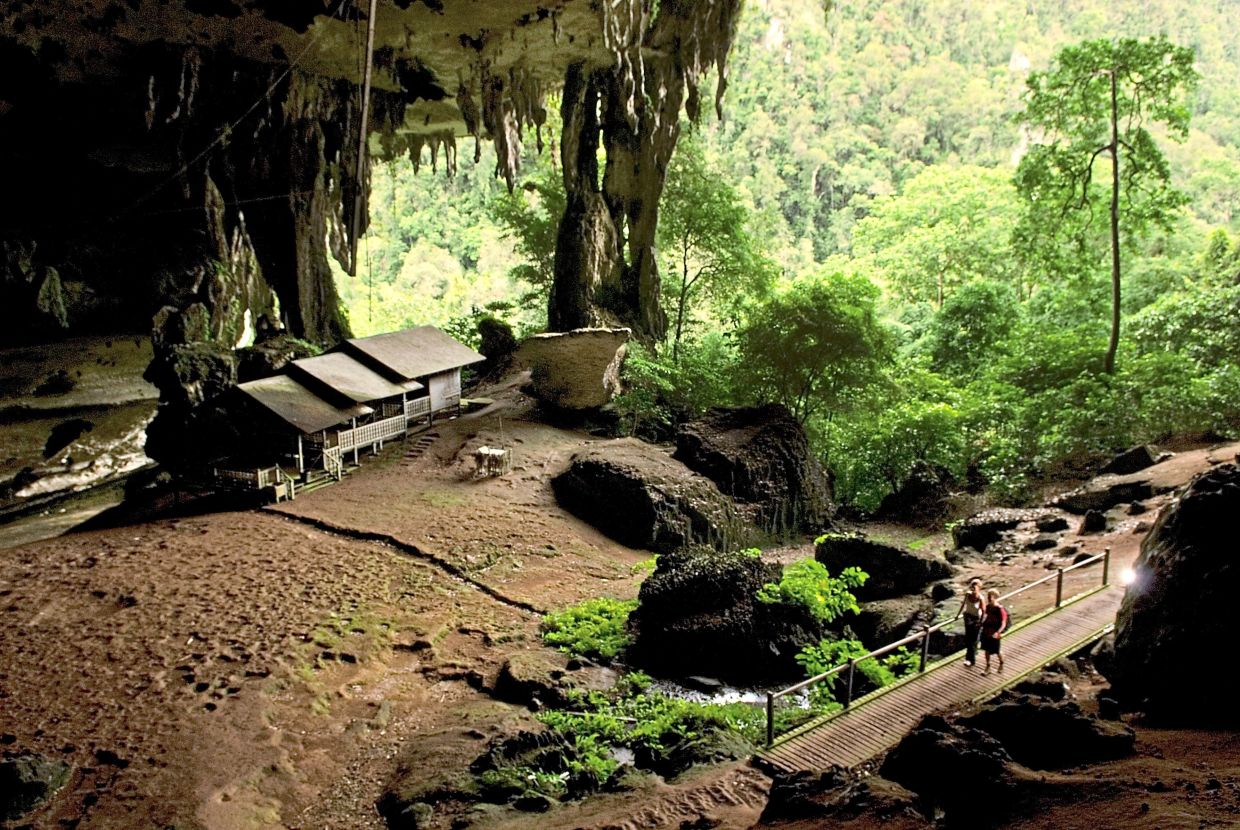EARNING a United Nations Educational, Scientific and Cultural Organisation (Unesco) heritage accreditation for a place drives many countries to seek it because of its economic value to tourism as it offers international recognition.
It creates jobs and business opportunities, helps tourism promotion and marketing, and often improves the quality of local lives.
But more importantly, world heritage sites are places regarded as important to and belonging to everyone, no matter its location.
They comprise monuments, groups of buildings, sites – archaeological and cultural – and natural features and geological formations which are important from the science, conservation or natural beauty perspectives.
So, before we make bids for sites, it’s best we do our homework. There’s nothing more embarrassing than having a high-profile pitch ultimately rejected. Yes, we’ve had that egg on our face before.
Controversy has rumbled over Local Government and Housing Minister Nga Kor Ming’s announcement in seeking Unesco heritage endorsement for the new Chinese villages in Selangor.
The proposed bid has hit a brick wall, though, with resistance coming from groups which are predictably arguing from the race perspective rather than employing academic, persuasive and rational approaches.
There’s a fundamental question that needs answering by those supporting the Unesco Heritage Site submission plan; do the 400-odd new villages, which were historically internment camps created during the Malayan Emergency in 1950 to round up ethnic Chinese to contain the communists, fulfil the criteria for recognition and do we truly stand a chance? Of these, 77 are in Selangor.
No doubt the new villages have an appealing story of perseverance against blatant discrimination by the British, who cruelly locked up the Chinese community for fear they were supporting the communist cause.
Many prominent Chinese tycoons grew up and lived in these villages as they worked their way to the top.
But even without the strong resistance towards Nga’s proposal, it would be tough selling the proposal to Unesco.
The new villages are only about 50-odd years old, a glaring contrast to other contenders, which are mostly many centuries old.
It’s not easy drawing Unesco’s attention.
The political lesson to be learned here is, Nga should have consulted the leaders of the unity government for their consent before making the announcement. The unfortunate reality in Malaysia is that everything is political and inextricable from the warped sense of race and religion.
It’s disappointing that the debate over the new village proposal has invariably degenerated to one with racial overtones.
That’s how the politics of consensus works in a government, and it’s probably harder for DAP leaders, who are now learning that component leaders shouldn’t be caught unawares by arbitrary pronouncements, regardless of the initiatives’ nobility.
So, now we have these pointless arguments over the gambit, which in the end, may just come to a premature conclusion.

Coveted status: Tourists throng Armenian street in the George Town heritage area during the holidays. Unesco’s recognition as a World Heritage Site can provide economic value to tourism as well as create jobs and business opportunities. — CHAN BOON KAI/The Star
For a dose of reality, even the iconic limestone hills at Batu Caves housing the Lord Murugan temple, one of the most popular Hindu shrines outside India, failed in its Unesco World Heritage Site bid.
Despite its cultural, geological and ecological arguments, Batu Caves was deemed unfit for consideration.
It was reported that it didn’t even meet one of the 10 criteria listed, with Unesco claiming that the illegal structures in the caves weren’t harmonious with the surroundings of the 400-million-year-old limestone rock formations.
Unesco is very clear that a site must have universal values that transcend the importance it holds for a single nation.
Ethnic or religious considerations are moot points if Unesco’s selection committee accords recognition.
In the queue for Unesco endorsement from Malaysia are Taman Negara National Park, FRIM Selangor Forest Park, Gombak Selangor Quartz Ridge, Royal Belum State Park, Sungai Buloh Leprosarium and the Niah National Park.

The Niah National Park is expected to be listed as a Unesco World Heritage Site this year. — Tourism Malaysia
Places in our country which have Unesco World Heritage Site status include George Town and Melaka, Gunung Mulu National Park, Kinabalu Park and the Lenggong Valley.
Melaka and George Town are cities which have earned recognition because they comprise historic urban centres with 500 years of cultural and trade exchanges between the East and West.
It’s surely more beneficial for us to provide greater resources to support and promote these chosen sites, especially the Lenggong Valley’s archaeological heritage site, which has the oldest relics of human settlement outside Africa but is unfortunately unknown and neglected.
The Perak Man, the oldest human skeleton found in South-East Asia, settled there almost two million years ago.
However, reports suggest that the sites are in disrepair, with rotting signs and broken boardwalks.
I hope this is old news, but if these places have received due attention, then trumpet it. Travellers will research their destinations online, so it’s imperative they get the latest updates.
There are other sites which deserve Unesco endorsement, including the 115-year-old Masjid Jamek located at the confluence of the Klang and Gombak rivers.
Then, there’s the Kek Lok Si temple in Penang, the largest Buddhist temple in Malaysia and built in 1891, making it 133 years old.
There’s also the beautiful 19th century Cheong Fatt Tze, the Blue Mansion building in Penang, which won Unesco’s Asia Pacific Heritage Award for Cultural Heritage Conservation. I wonder if it’s possible to take this a step further to have it upgraded to a full-fledged Unesco Heritage site.
Anyway, while we may feel passionate about the many historical sites in Malaysia, regardless of their ethnic and religious backgrounds, it’s essential for our leaders to understand the criteria that need to be fulfilled to ensure a bid’s success.
The lush and tranquil Penang Botanic Gardens, set up in 1884 by Kew-trained botanist Christopher Smith, remains a favourite spot, but older Penangites would know that it’s in dire need of more attention to boost the collection of plants and flowers there. The place was certainly a prettier sight before.
Let’s prepare our cases and efforts to add to the list of Malaysian spots on the Unesco list, but we need to make sure to spend equal time in ensuring that these places are well maintained and promoted.
Like the rest of the world, Malaysians often complain about politicians who twiddle thumbs, but let’s hope they don’t do more damage instead.





